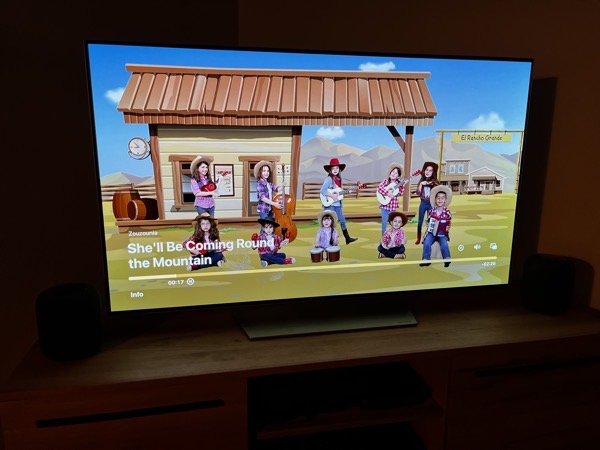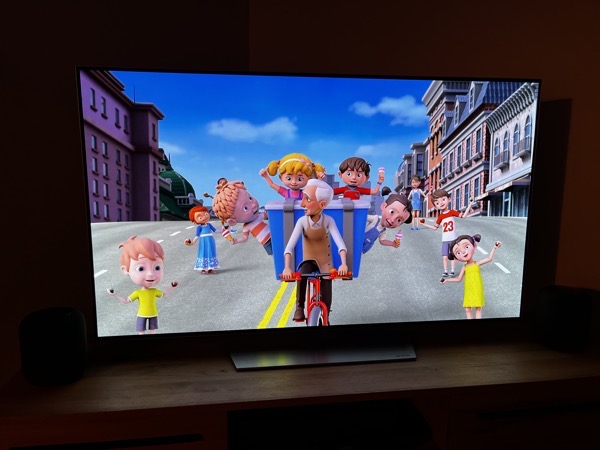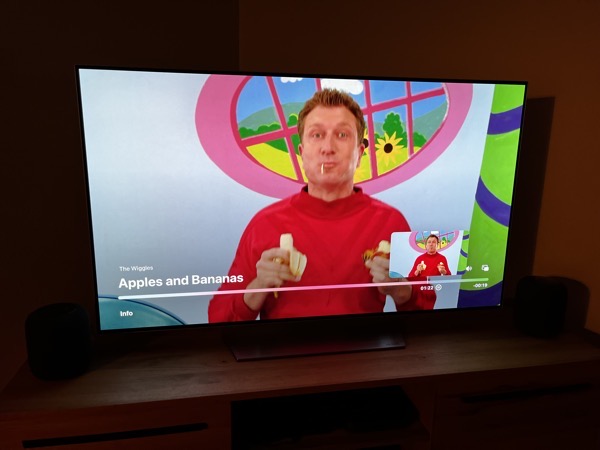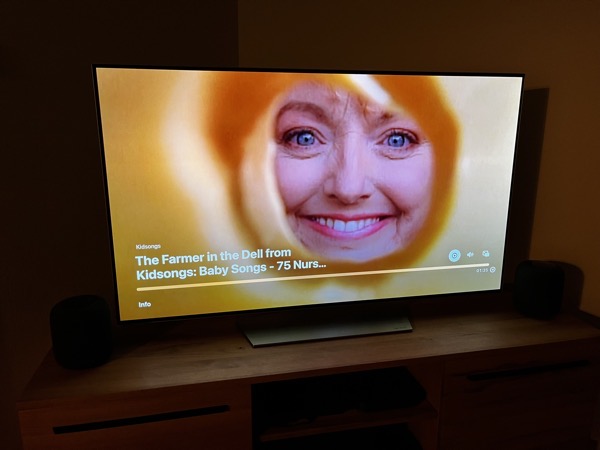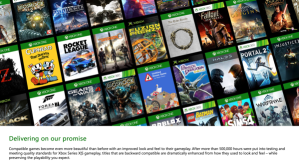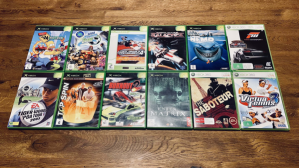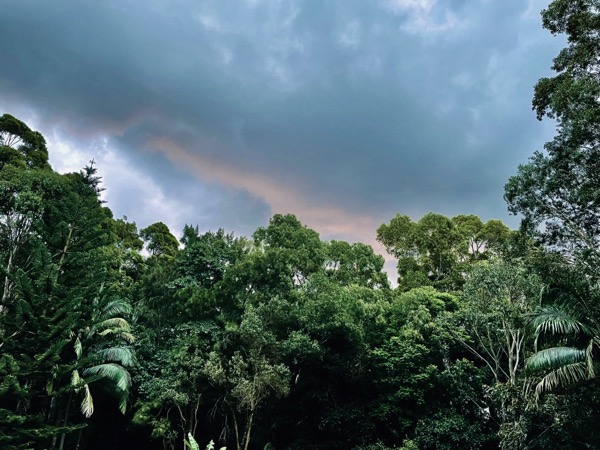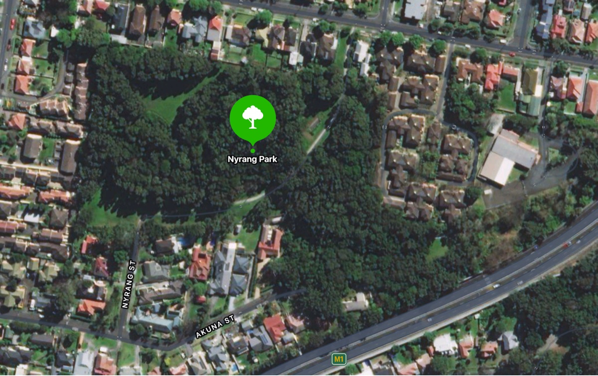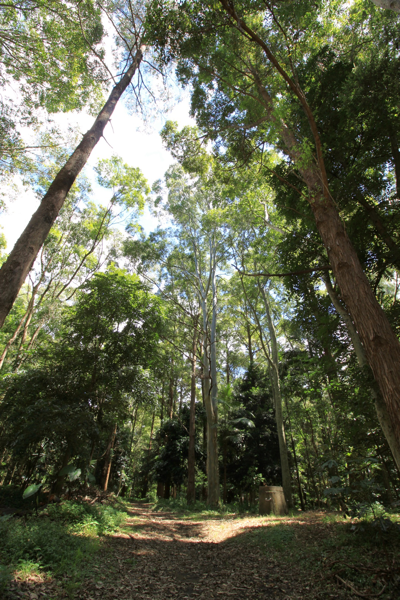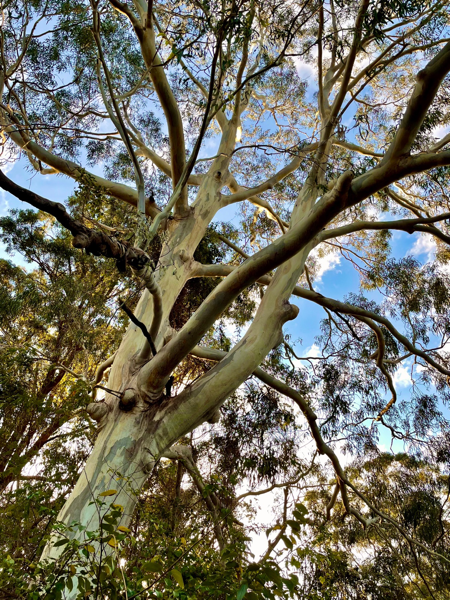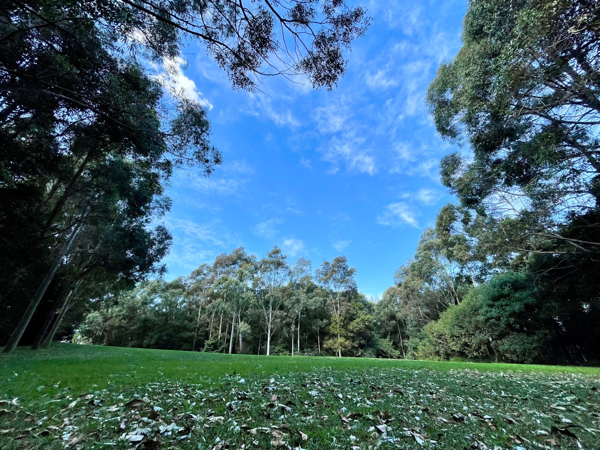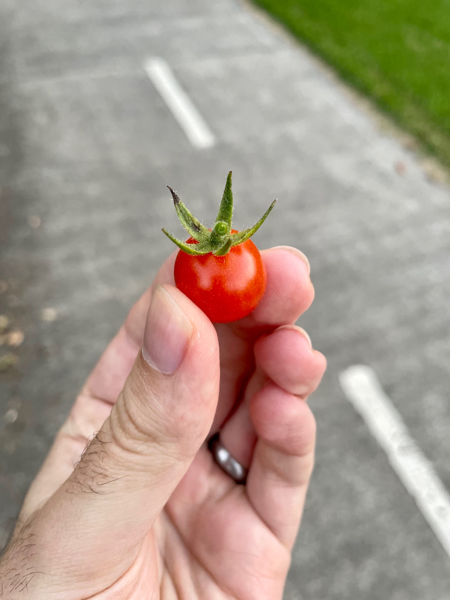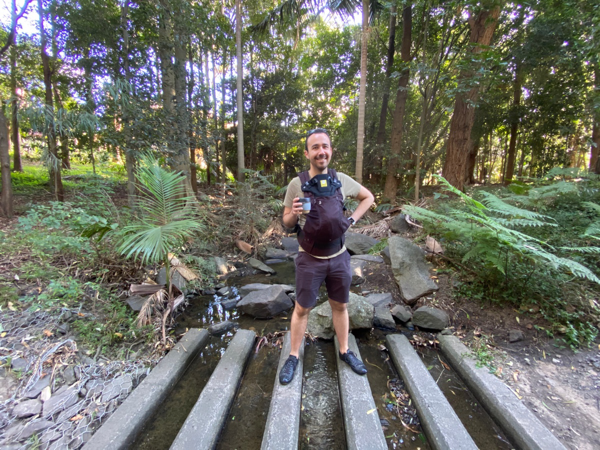Although I often use Pages to refine shared documents and MarsEdit to publish posts on Lounge Ruminator, my main writing app (particularly for university) is iA Writer. It feels like a rethought TextEdit on Markdown steroids: it’s minimalistic, focused and includes a restricted set of beautiful fonts, which are named Mono, Duo and Quattro.
When iA announced that it was working on a new presentation app, I became very excited. I love Keynote but the idea of using an iA Writer-style interface to create presentation slides was fascinating to me. For a while, iA teased that it was researching what people found stressful, distracting or tedious about making presentation slides, and said that it was putting quite some effort into offering a new approach based on the feedback that was received.
What they announced was iA Presenter, which is currently in beta and available for testing by request. In short, the app is intended to strip back all of the clutter, confusion and crazy template choices that Microsoft PowerPoint and Apple’s Keynote offer. Instead of greeting you with a long list of design options and giving you a big app window with buttons, iA Presenter suggests a different approach: write and structure your presentation (using Markdown) in a way that focuses on the speech that you wish to deliver, then worry about inserting images, designing stuff and rehearsing at the end.
What I have explained here is the very short and simplistic version of iA Presenter’s philosophy; if you would like to learn more about the approach, you can read iA’s excellent and very detailed articles, titled Being Boring: What’s Wrong with PowerPoint? and How Can We Make Presentations Better? iA has also asked people not to share too much detail while it’s being refined, so I’ll refrain from that here, but you should check out the links and sign up if you’d like to learn even more.
As someone who loves typing in general, this approach of writing thoughts for a presentation before placing and resizing images really clicks for me.
The thing that makes me sad, however—now this is a first-world problem—is that I’m not sure that I would have a reason to use it and that I should even buy it once the full version becomes available.
Why is that, you ask?
Well, I rarely have to make presentations and when I do, they are generally expected to be in a very particular branded corporate template. Over time, presentations have gradually shifted from being visual aids to become *documents*. Yes, for some bizarre reason, workers these days think that the vertical document, with its logical and flowing headings and paragraphs, has become insufficient or unfashionable. Instead, all ideas should be presented in landscape with ridiculously long lines that span a great white plain, hurting your eyes in the process as they are presented next to dense flow charts and buzzword-filled diagrams. Of course, everything must also be in Arial. ALLE ANDEREN SCHRIFTARTEN SIND VERBOTEN!!!
Without a doubt, one of the major culprits responsible for ushering in and encouraging this new era of landscape-document lunacy is Microsoft Teams. As the catchphrase ‘I’ll just share my screen now’ has taken hold, more and more people are relying on PowerPoint to share visual essays in video calls. Death by PowerPoint is now fully digital for you at home, as you lose the physical audience that once suffered with you in a common physical space.
Because I’m a nerd, I will probably still buy iA Presenter and find a way to use it. It’s a wonderful app and I will find a way to justify the purchase.
Now we just have to find a way to remind people what slides are actually for: aiding and clearly communicating an idea, rather than suffocating it.
This post was originally written in August 2022 for Hemispheric News; subscribe at the Patreon site One Prime Plus to receive this monthly newsletter and other benefits that are linked to the Hemispheric Views podcast.

